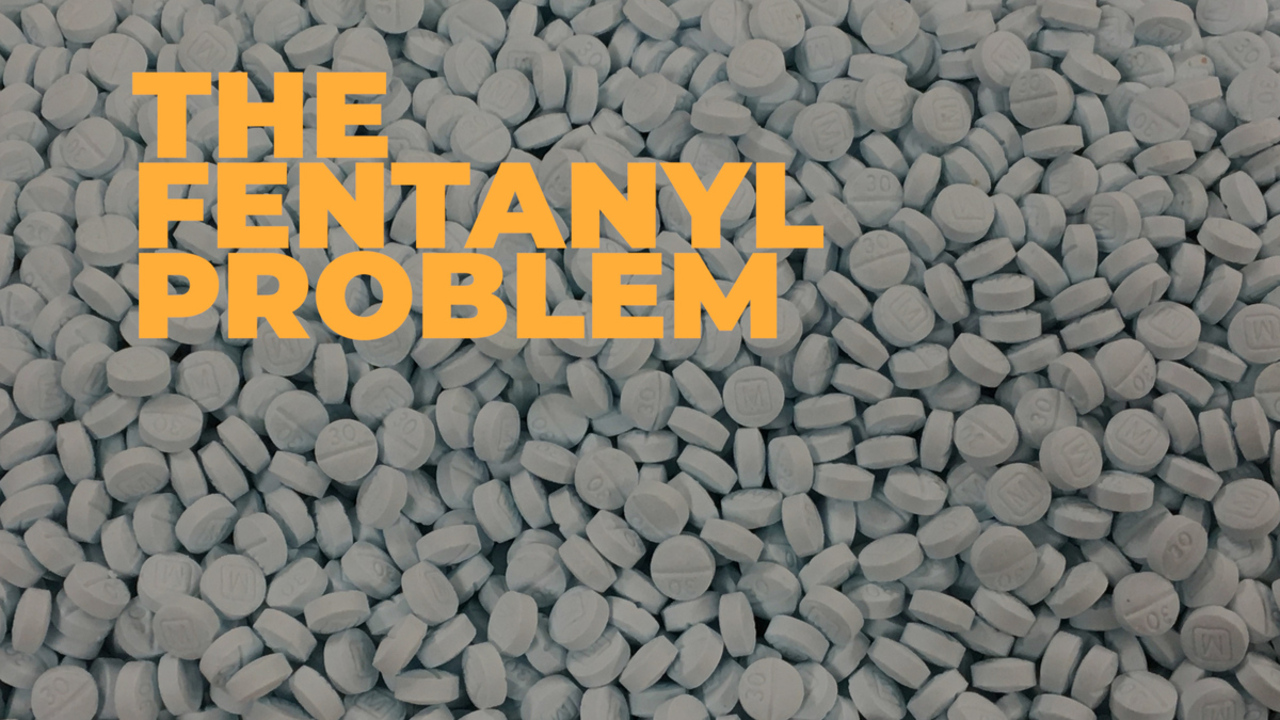
This is a teaspoon of salt — about the recommended daily dose.
The same amount of fentanyl is a recipe for death, capable of killing you and an entire Army battalion
It’s frequently laced into heroin, cocaine…
and counterfeit prescription painkillers…
slashing black market prices, deepening addiction,
and driving the deadliest wave of drug overdoses ever recorded in the U-S.
Overdoses killed nearly 100-thousand Americans between April 2020 and 2021 — more than car crashes and gunshot wounds combined.
Fentanyl contributed to more than 60 percent of those deaths.
The drug IS NOT produced in the U.S. So, how is it getting across the border, and can Congress do more to crackdown?
Let me explain…
Drug Enforcement Agency data reveal that through 2018… much of the fentanyl arrived via unsuspecting letter carriers —
not drug mules or smuggling tunnels.
Bryce Pardo researches the economics of the black market drug trade for the Rand Corporation.
((Bryce Pardo – Rand Corporation
mail is a very attractive means to send this stuff))
((Bryce Pardo – Rand Corporation
<<“you’re talking about very minute amounts – so it becomes very tricky to seize some of this”>>
Annie Andersen: With massive profits to be made, Pardo says Chinese producers largely avoided detection in two ways:
- sending mass quantities in thousands of small shipments
- and consistently tweaking chemical formulas to stay ahead of the banned substances list.
Late in 2018, China cracked down on manufacturing.
And, Congress banned any drug with a molecular makeup resembling fentanyl and required better mail screening.
((Sen. Rob Portman – R-Ohio
<<“We believe these changes have dramatically reduced the flow of fentanyl”>>
Annie Andersen: D-E-A data show traffickers pivoted almost immediately.
Mexican drug lords NOW outsource precursor chemicals from…
China’s black market chemists and produce most of the fentanyl bound for America.
Much of it enters not at gaps in the Southern border wall but legal points of entry.
Cartel smugglers blend into the stream of 650-thousand passengers and pedestrians crossing each day.
((Bryce Pardo – Rand Corporation
“Like trying to find a bacteria colony on a needle in a haystack” 31:35))
Annie Andersen: Do you think Congress can win its most-deadly war on drugs yet? Or will a nimble black market always stay several steps ahead of the law?
Let me know in the comment section below.









